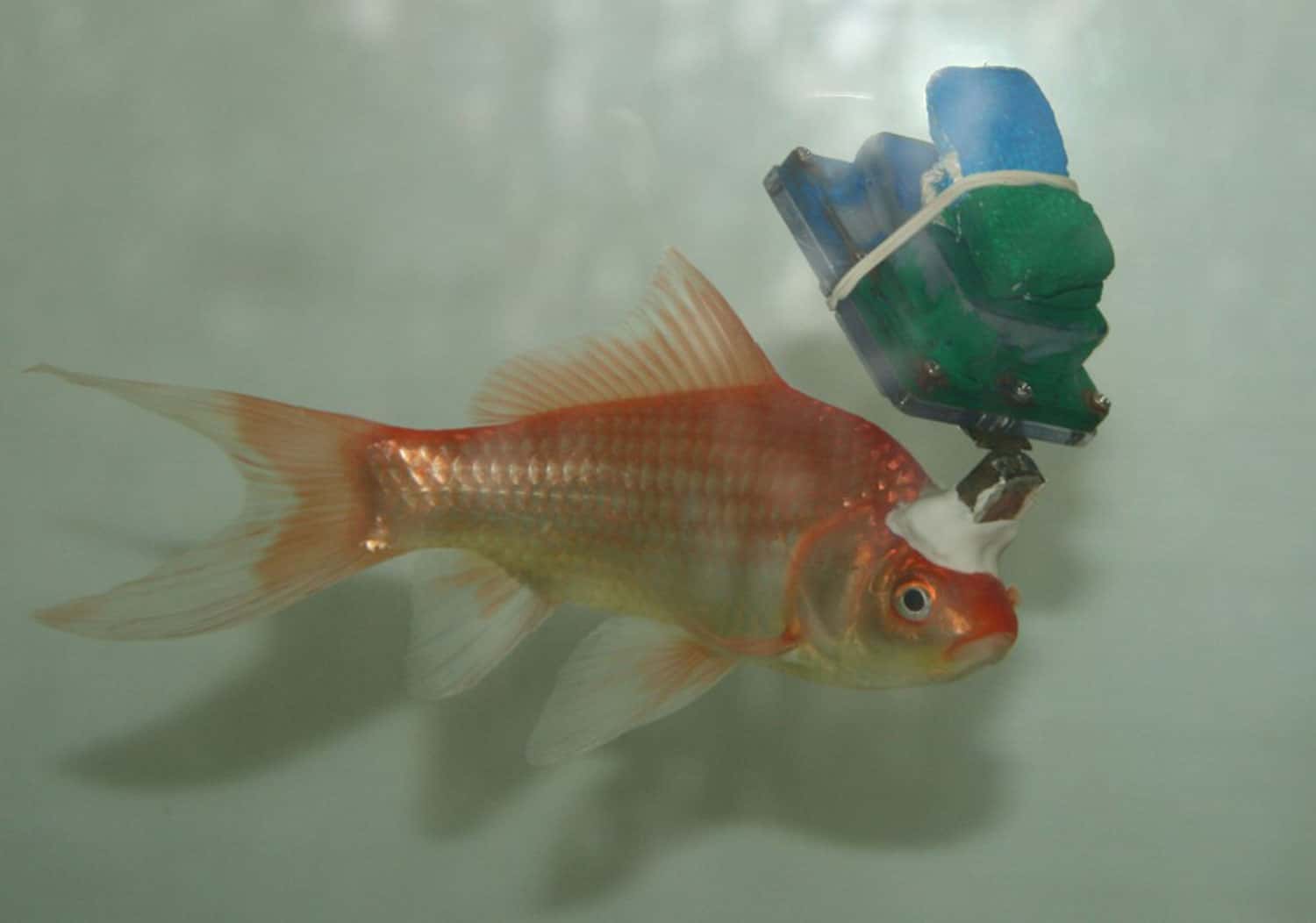
We may earn revenue from the products available on this page and participate in affiliate programs. Learn more ›
When US astronauts set foot on the moon’s surface again in the coming years, they will do so wearing these flexible, Prada-tailored spacesuits. Officially called the “Axiom Extravehicular Mobility Unit” or AxEMU for short, the sleek-looking suit is the product of a multi-year partnership between the Italian fashion brand and American space infrastructure company Axiom. The final result: a technology-laced hunk with an emphasis on mobility and lengthy exploration on harsh lunar environments. Astronauts could strap into the new outfit as early 2026 as part of NASA’s Artemis III mission.
Though first announced last year, Axiom and Prada officially revealed their new creation at the International Astronautical Congress in Milan this week. From a visual perspective, the suit features a mostly white exterior with gray patches around the elbows and streaks of vibrant red running down the astronaut’s arms and across its belly. Prada says it wanted to help bridge the gap between “engineered functionality and an aesthetically appealing white outer layer.” At least from the photos provided so far, they appear to have mostly accomplished that goal. Around 10 Prada employees reportedly traveled between Milan and Houston, Texas to work on the suit since conversations around its design began back in 2020.
“We’ve shared our expertise on high-performance materials, features, and sewing techniques, and we learned a lot,” Prada Group Chief Marketing Officer Lorenzo Bertelli said in a statement.
If successful, Artemis III would mark the first time an astronaut has returned to the lunar surface since the Apollo 17 mission in 1972.

What’s under the hood?
But aesthetics only go so far. Underneath the surface, the AxEMU suits are adorned with a trove of new tech and features that make the previous Apollo-era lunar suits look like relics. The AxEMU’s specially designed white fabric was made to reflect light and protect astronauts from extreme heat and dangerous lunar dust. At the same time, the suit will be capable of keeping astronauts warm enough to operate on the extremely cold, dark side of the moon for up to two hours. New soft and hard joint materials, as well as specially engineered boots, should make it easier for astronauts to engage in extended space and moonwalks. An onboard life-support system will allow astronauts to survive in their suits for up to eight hours. All of that means astronauts will potentially have more valuable time available to safely engage in exploration and scientific experiments.

The suit will also use a newly designed “regenerable carbon dioxide scrubbing system” to remove excessive heat from the system. Fresh new visors feature a coating that should improve astronauts’ visibility, even in scenarios where lunar dust kicks up. The helmet will also come equipped with a bevy of onboard HD cameras and sensors. An integrated 4G/LTE communication system will help astronauts communicate with each other and quickly relay information while advanced biometric monitoring tools will also keep tabs on their vitals and look for signs of anomalies. Axiom says it’s hopeful these could help space explorers propel a “deeper understanding of the Moon, the solar system, and beyond.”
Spacesuits are evolving for a new era of exploration
Competition around space suit design has ramped up in recent years in tandem with a renewed interest in space exploration. Earlier this year, SpaceX revealed its own especially designed suit expected to be worn during upcoming Polaris Dawn spacewalk missions. More recently, China released details on its own relatively thin, lightweight design they intend to use during a planned 2030 lunar surface mission. Much like the new US design, the Chinese-designed suit emphasized flexibility and durability in an effort to improve astronauts’ ability to work and traverse on the moon and in space.
The joint effort between Prada and Axiom might not be a one-off. In press materials, the companies note that their suit was designed with a single overall architecture which can be modified and adapted to adapt to the needs of future missions. More broadly, Axiom says partnerships like these may become more of the norm for future space technology efforts.
“We are pioneering a new era in space exploration where partnerships are imperative to the commercialization of space,” Axiom Space Executive of Extravehicular Activity Russell Ralston said in a statement.
“For the first time, we are leveraging expertise in other industries to craft a better solution for space.”

SEE LATEST GIFT GUIDES
Shopping for, well, anyone? Our best birthday and holiday gift recommendations mean you’ll never need to buy another gift card.
Note: This article have been indexed to our site. We do not claim legitimacy, ownership or copyright of any of the content above. To see the article at original source Click Here













